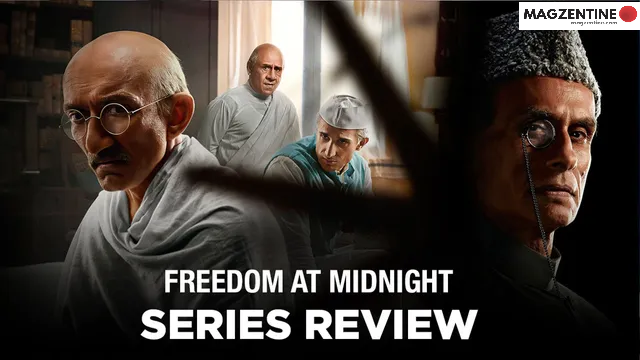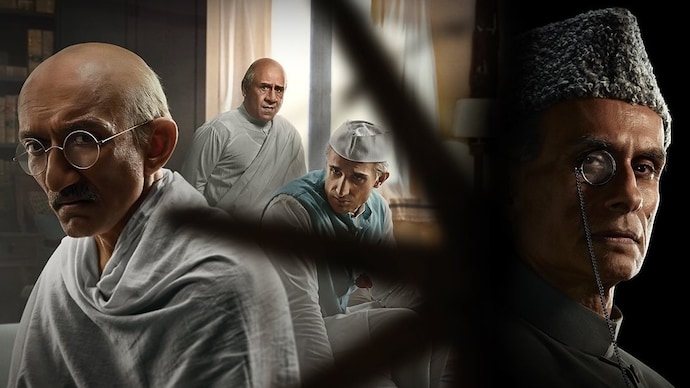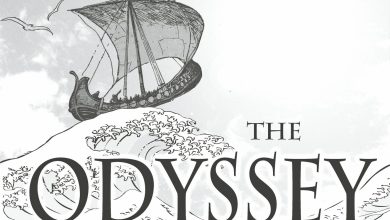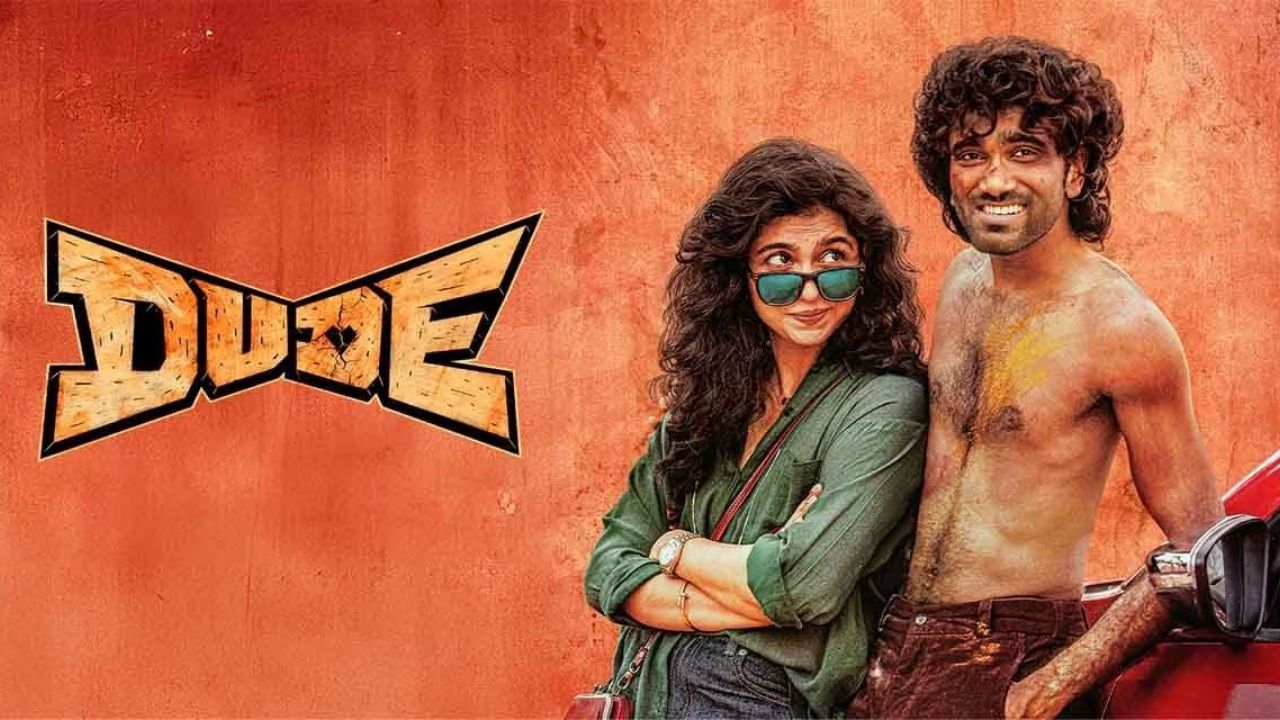Powerful portrayal of Partition in Freedom at Midnight review.

Freedom at Midnight review: The Nikkhil Advani show tells the story in a light, easygoing way, weaving together different threads that build up quietly. The dialogue and performances strike emotional chords effectively.

Freedom At Midnight review: The Nikkhil Advani show has a gripping plot.
In Short
- SonyLIV’s Freedom At Midnight explores India’s Partition in 1947
- Creative liberties are taken for engaging storytelling
- The gripping show is driven by solid performances, especially by Arif Zakaria as Jinnah
At midnight on August 14, 1947, India gained freedom from over 200 years of British colonial rule. While the birth of a free India should have been a moment of celebration, it was overshadowed by the darkness of Partition. Nikkhil Advani’s Freedom At Midnight, a web series on SonyLIV that takes its title and story from Larry Collins and Dominique Lapierre’s seminal book, offers a powerful glimpse into the trials, tragedies, and turmoil of that fateful period.
Worry not if you’re wondering whether this is another propaganda piece, aligning with one side of the political spectrum and blaming the other. The show doesn’t take sides. Instead, it places you in a room with the influential leaders who fought for India’s Independence and made decisions that shaped the fate of millions nearly 77 years ago. Now, you must decide who you think was right or wrong.
TRAILER OF FREEDOM AT MIDNIGHT. WATCH HERE
Was it the stubbornness of the Indian National Congress and/or the All-India Muslim League, and their leaders Jawaharlal Nehru and Muhammad Ali Jinnah? Could Mahatma Gandhi have stopped the Partition of India? Did Britishers, once again, use the divide-and-rule policy? How much did the last Viceroy and his wife, Lord Louis Mountbatten and Edwina, Lady Mountbatten, play a part in it? You cannot put a finger on just one.
But since this isn’t a documentary, writers Abhinandan Gupta, Adwitiya Kareng Das, and Gundeep Kaur, along with director Nikkhil Advani, have taken some creative liberties to make the seven-episode series more engaging and meaningful experience than you might expect from a history lesson.
Mass violence, death, horrifying cruelty, hunger, disease, and homelessness—all of which accompanied India’s independence—get minimal representation. And when they do appear, it’s often in sepia tones, without a jarring sight of bloodshed. We know it wasn’t really this simple. But it’s a web series with a disclaimer: “Creative liberty has been taken, and necessary modifications made to narrate the story effectively.” The reality, as we all know, was far more damning.
And it’s got a breezy sense of plotting, stringing numerous threads together to create something that sneaks up behind you and surprises you with its profoundness when you least expect it.




